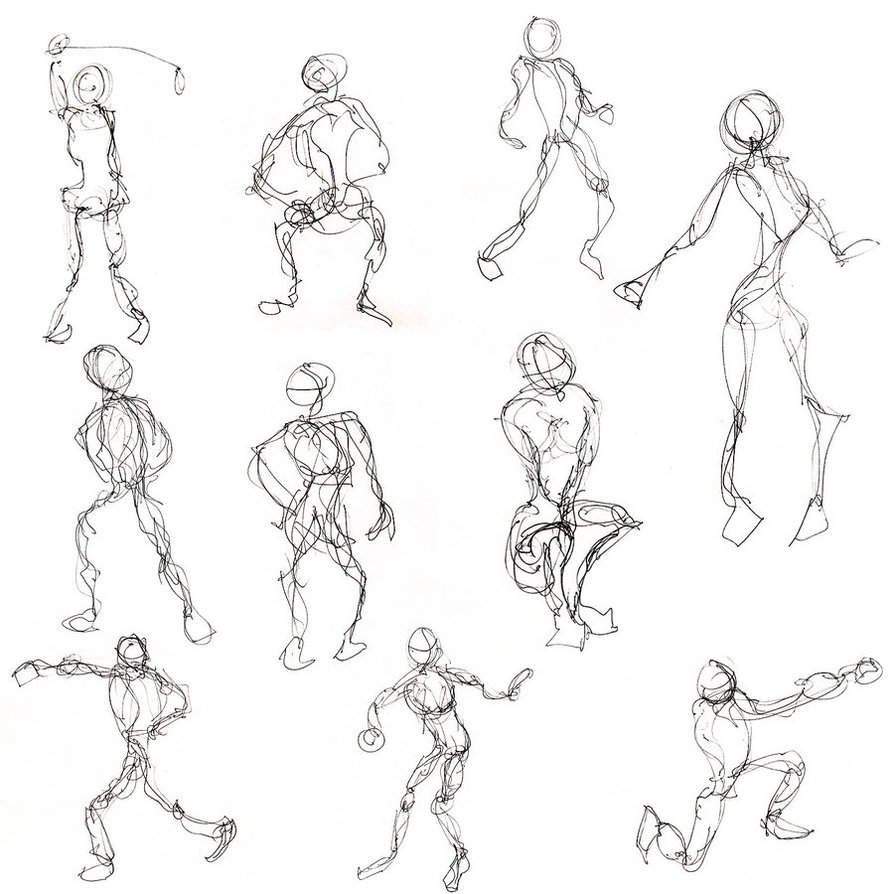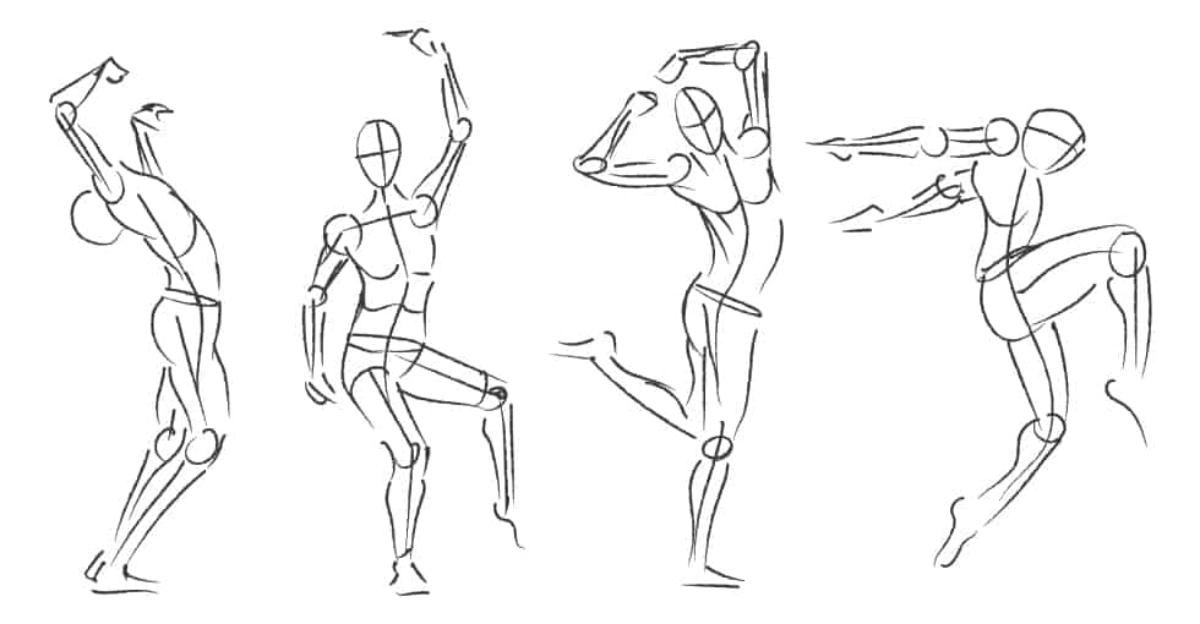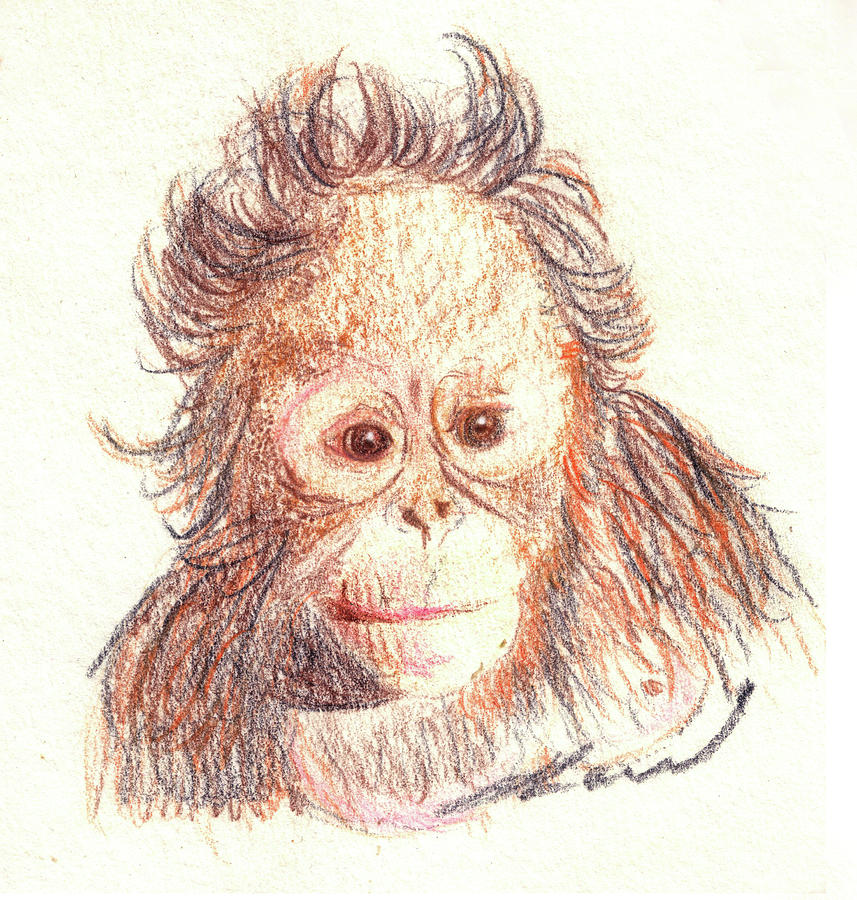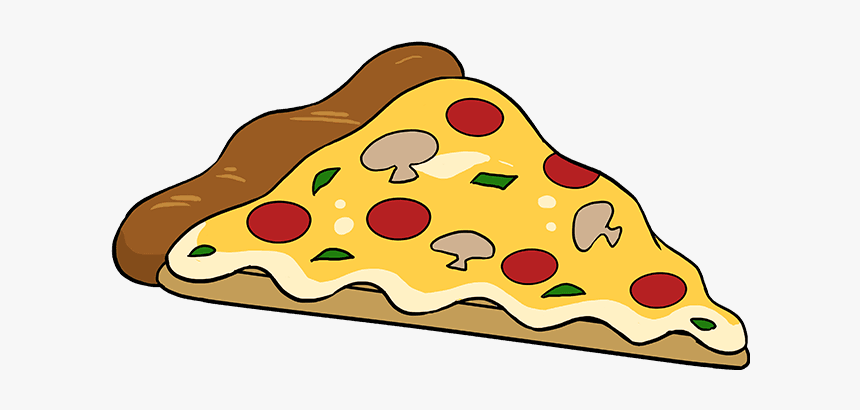Basic drawing 1 examples of gesture drawing from the web
Table of Contents
Table of Contents
Are you tired of stiff and lifeless drawings? Do you want to infuse your art with movement and energy? Look no further than gesture drawing! By learning how to gesture draw, you can breathe life into your artwork and capture the essence of your subject with just a few quick strokes.
Many artists struggle with creating dynamic poses and lifelike movement in their drawings. This can lead to frustration and a sense of feeling “stuck” in their artistic development. However, by mastering the skill of gesture drawing, artists can break out of this rut and take their work to the next level.
So what exactly is gesture drawing, and how can it help you improve your art? Essentially, gesture drawing involves quickly sketching the basic shapes and movements of a subject in order to capture its essence and movement. By focusing on the fluidity of the subject’s form rather than its individual details, artists can create more lively and engaging artwork.
In order to get started with gesture drawing, it’s important to first identify the basic shapes and movements of your subject. This might involve breaking down the human body into simple shapes like circles and cylinders, or focusing on the overall movement and flow of a landscape or animal. Once you have identified these basic shapes, you can then begin to sketch them out quickly and loosely, allowing your hand to capture the energy and movement of the subject.
My Experience with Gesture Drawing
As an aspiring artist, I have always struggled with creating lifelike poses and movement in my drawings. However, once I began practicing gesture drawing, I noticed a significant improvement in my work. By focusing on the overall movement and fluidity of my subjects, I was able to create more dynamic and engaging artwork that truly captured the essence of what I was trying to draw.
 How to Gesture Draw Animals
How to Gesture Draw Animals
When it comes to gesture drawing animals, there are a few key things to keep in mind. First, it’s important to identify the basic shapes and movements of the animal you wish to draw. For example, if you are drawing a horse, you might start by focusing on the elongated shape of its body and the fluid motion of its legs.
Once you have identified these key shapes and movements, you can begin to sketch them out quickly and loosely. Don’t worry about getting every detail perfect - the goal of gesture drawing is to capture the essence of the subject, not its individual features.
 ### Tips for Mastering Gesture Drawing
### Tips for Mastering Gesture Drawing
While gesture drawing can be a challenging skill to master, there are a few tips and tricks that can help you improve your technique:
- Practice regularly - the more you practice gesture drawing, the more comfortable and confident you will become with it
- Start with basic shapes and movements and work your way up to more complex subjects
- Don’t worry about mistakes - gesture drawing is all about capturing the essence of your subject, not getting every detail perfect
Final Thoughts on Gesture Drawing
Overall, if you are looking to improve your art and capture the essence of your subjects with more lifelike energy and movement, gesture drawing is an essential skill to master. By focusing on the basic shapes and movements of your subject and working quickly and loosely, you can create artwork that truly comes to life.
Frequently Asked Questions about Gesture Drawing
Q: Is gesture drawing only useful for figure drawing?
A: No, gesture drawing can be applied to a wide variety of subjects, including animals, landscapes, and still life objects. The key is to focus on the overall movement and fluidity of the subject rather than its individual details.
Q: Do I need to be an experienced artist to practice gesture drawing?
A: No, gesture drawing can be a helpful skill for artists of all levels. Whether you are a beginner or a seasoned pro, practicing gesture drawing can help you improve your art and capture the essence of your subjects with more lifelike energy and movement.
Q: How can I practice gesture drawing if I don’t have a model to draw from?
A: There are a number of resources available online for practicing gesture drawing, including photo reference websites and apps. You can also practice drawing from life by observing the movement and shapes of everyday objects around you.
Q: Can I use gesture drawing in combination with other drawing techniques?
A: Absolutely! Gesture drawing can be a helpful tool to use in combination with other drawing techniques, such as shading and perspective. By incorporating gesture drawing into your artistic toolkit, you can create more lively and dynamic artwork that truly captures the essence and movement of your subjects.
Conclusion of How to Gesture Draw
If you are looking to take your art to the next level and capture the essence and movement of your subjects with more lifelike energy, mastering gesture drawing is a must. By focusing on the basic shapes and movements of your subject and working quickly and loosely, you can create artwork that truly comes to life. So why wait? Start practicing your gesture drawing skills today!
Gallery
Pin By Lisa Perez On Tutorials | Drawing Practice, Drawings, Figure

Photo Credit by: bing.com / gesture mikey mikeymegamega anatomy sketchbook jia ruan
Gesture Drawings On Behance

Photo Credit by: bing.com / gesture drawings behance
Basic Drawing 1: Examples Of Gesture Drawing From The Web

Photo Credit by: bing.com / gesture drawing drawings examples figure basic studies contour web human draw easy line deviantart korb 18th century mannequin movement second
Gesture Drawing 101

Photo Credit by: bing.com / gesture drawing human figure foreshortening hand drawings draw motion movement lines anatomy reference poses body sketch action figures simple study
What Does It Mean To Do A Gestural Drawing?

Photo Credit by: bing.com / gesture drawing sketching drawings exercises exercise practice gestural hand artist form line draw movement quick loose gestures life object example





